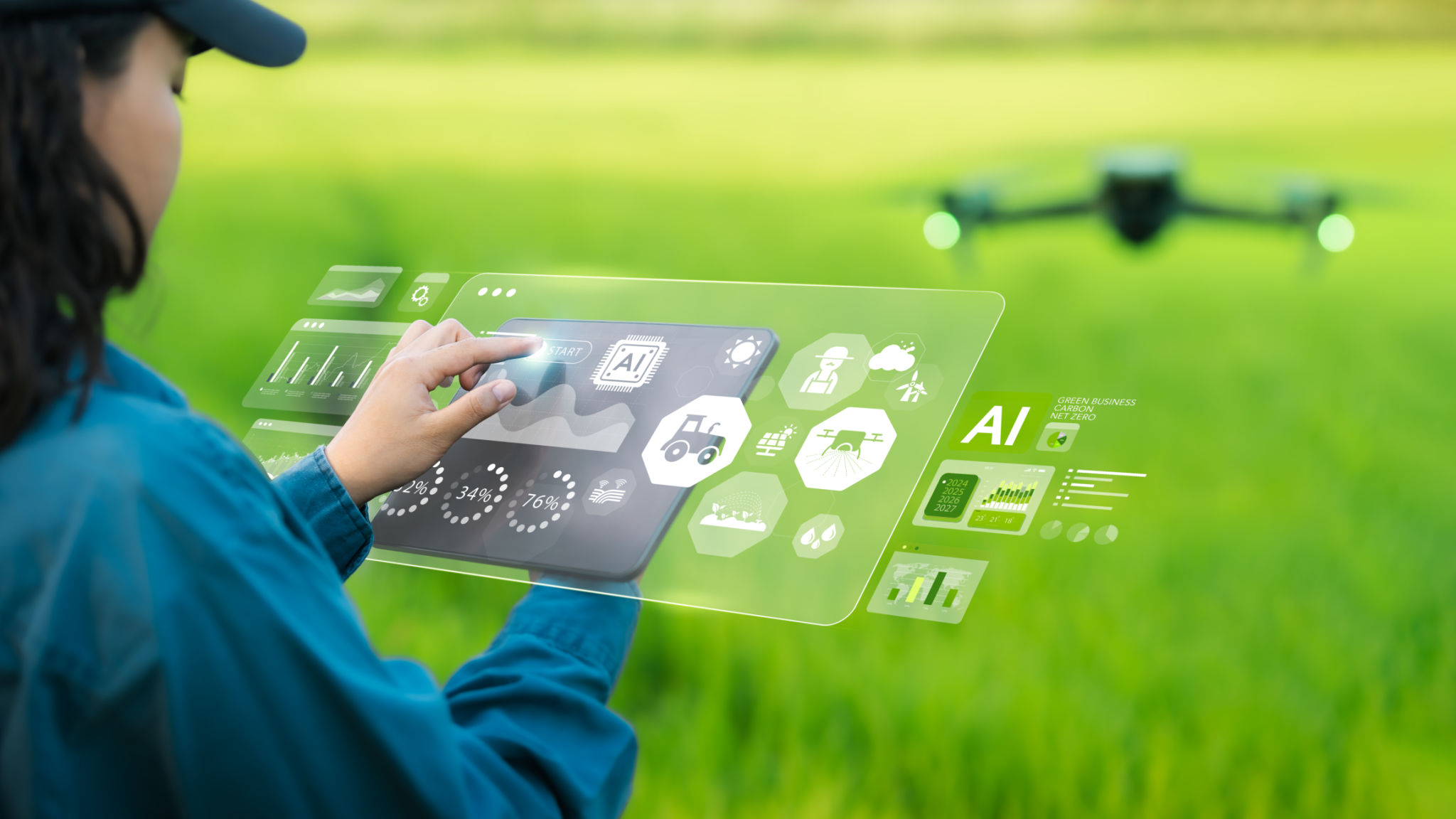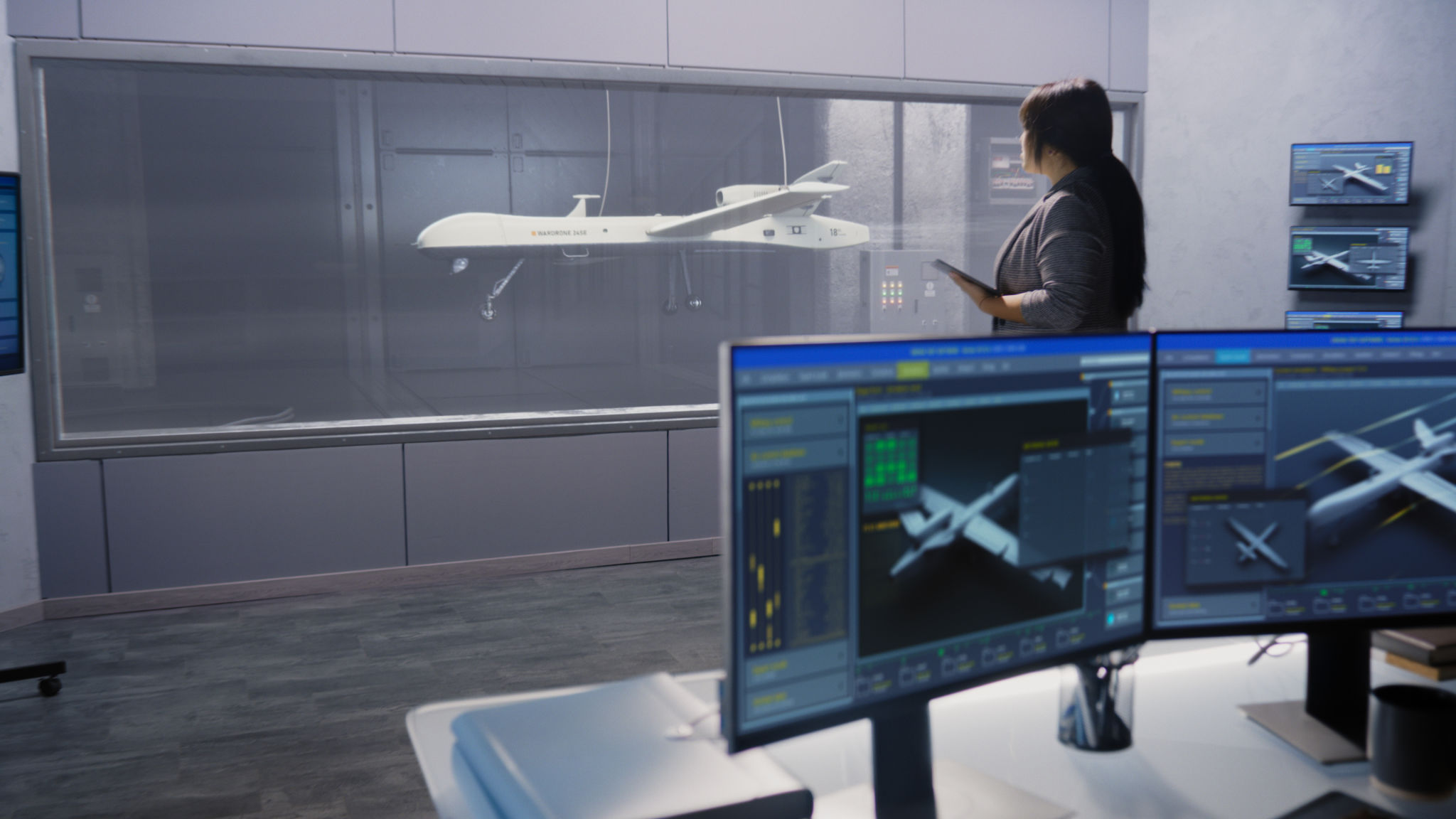Aerial Cinematography: A Behind-the-Scenes Look at Drone Filming in Australia
JW
The Rise of Drone Filming in Australia
Aerial cinematography has taken the world by storm, and Australia is no exception. The country's vast landscapes, diverse ecosystems, and iconic landmarks provide the perfect backdrop for stunning drone footage. From the rugged coastlines of the Great Ocean Road to the lush rainforests of Queensland, filmmakers are using drones to capture breathtaking aerial shots that were once impossible or prohibitively expensive to achieve.
Drone filming has revolutionized the way we perceive and engage with visual content. It offers a unique perspective, showcasing the world from angles that were previously accessible only to birds. This innovative technology has not only enhanced storytelling in film and television but has also become a valuable tool in industries such as real estate, tourism, and environmental conservation.

Technology Behind Drone Cinematography
The technology behind drone cinematography is continuously evolving. Modern drones are equipped with high-resolution cameras, stabilization systems, and advanced GPS technology, allowing for precise control and smooth footage. These features enable filmmakers to capture dynamic shots with ease, whether they're tracking a fast-moving object or hovering in place for a panoramic view.
Moreover, drones can be equipped with various camera lenses and filters to suit different filming needs. This flexibility allows filmmakers to experiment with different styles and techniques, pushing the boundaries of traditional cinematography. As drone technology continues to advance, we can expect even more sophisticated features to emerge, further enhancing the quality of aerial footage.

Regulations and Safety Measures
With the rise of drone filming, there comes a need for regulation to ensure safety and privacy. In Australia, the Civil Aviation Safety Authority (CASA) governs the use of drones, setting guidelines that must be adhered to by all operators. These regulations are designed to prevent accidents and protect both operators and the public.
Some key regulations include maintaining visual line-of-sight with the drone, not flying above 120 meters (400 feet), and avoiding restricted areas such as airports. Additionally, drone operators must respect privacy laws and avoid capturing images of people without their consent. By following these guidelines, filmmakers can ensure that their aerial shoots are both safe and compliant with legal standards.

Challenges and Considerations
Despite the many advantages of drone filming, there are also challenges that filmmakers must consider. Weather conditions can significantly impact drone operations, with strong winds or rain posing risks to both the equipment and the quality of footage. It is crucial for operators to plan their shoots carefully and monitor weather forecasts closely.
Additionally, battery life is a limiting factor for drone operations. Most drones have a relatively short flight time, typically ranging from 20 to 30 minutes. Filmmakers must be strategic in their planning to capture all necessary shots within this timeframe or have multiple batteries on hand for longer shoots.
The Future of Aerial Cinematography
The future of aerial cinematography in Australia looks promising. As drone technology continues to advance, we can expect even more innovative applications in filmmaking. Virtual reality experiences, interactive storytelling, and live streaming are just a few of the possibilities on the horizon.
Furthermore, as regulations adapt to new technologies, filmmakers will have greater freedom to explore creative projects without compromising safety or privacy. This evolving landscape promises to keep Australia at the forefront of aerial cinematography, inspiring audiences with stunning visuals that capture the essence of the country's unique landscapes.

